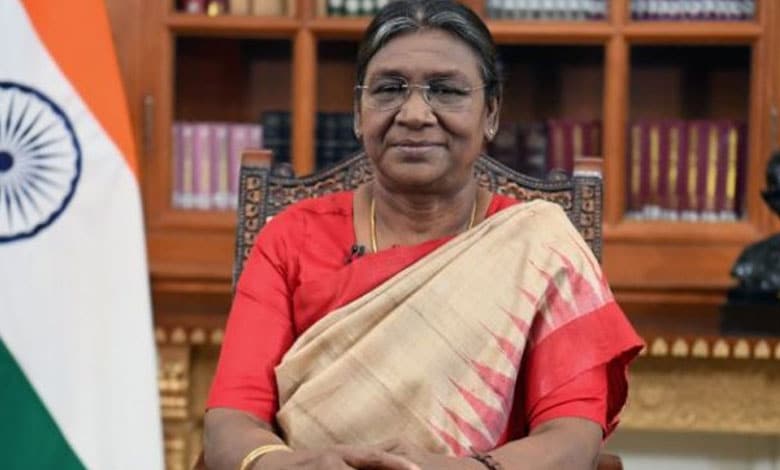President’s Rule Imposed in Manipur Following Chief Minister’s Resignation
President’s Rule was officially imposed in Manipur on Thursday, four days after Chief Minister N Biren Singh resigned from his position, plunging the state into a period of political uncertainty.

New Delhi: President’s Rule was officially imposed in Manipur on Thursday, four days after Chief Minister N Biren Singh resigned from his position, plunging the state into a period of political uncertainty. The assembly has also been placed under suspended animation following the announcement.
Table of Contents
The Ministry of Home Affairs issued a notification announcing the proclamation of central rule in the state. According to the notification, President Droupadi Murmu stated that “a situation has arisen in which the government of that state cannot be carried on in accordance with the provisions of the Constitution.”
Proclamation of Central Rule
In accordance with the provisions of Article 356 of the Constitution, the President of India has assumed all functions of the Manipur state government. The notification clarified that President Murmu, exercising the powers conferred by Article 356, has taken over the functions of the state government and all powers previously vested in or exercisable by the Governor of Manipur.
Also Read: Manipur CM N Biren Singh Resigns Amid Ongoing Ethnic Unrest
The assembly has also been suspended, leaving the state in a state of political paralysis until further developments. This move comes after a period of political instability in the region, following the resignation of Chief Minister N Biren Singh earlier this week.
Reason Behind the Imposition of President’s Rule
The notification from the Ministry of Home Affairs cited the inability of the state government to function as per constitutional provisions as the primary reason for the imposition of President’s Rule. The political vacuum created by the resignation of the Chief Minister, combined with the ongoing crisis in the state, led to this decision.
President’s Rule, as outlined in Article 356, allows the central government to take over the administration of the state in the event of a breakdown of governance, thereby ensuring that the state’s functions are carried out under the authority of the central government.
What’s Next for Manipur?
The suspension of the assembly and the imposition of central rule mean that there will be no legislative functioning in the state until further notice. Political observers are keenly watching how the central government will address the growing challenges in the state, including the ongoing unrest and instability.
While the imposition of President’s Rule provides the central government with control over the administration, the long-term political future of Manipur remains uncertain. All eyes are now on the central government for the next steps, which may include the formation of a new government or calls for elections in the near future.
The development marks a significant chapter in the ongoing political crisis in Manipur, with hopes for a swift resolution to restore stability in the region.
